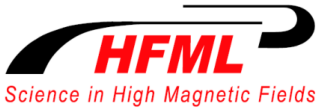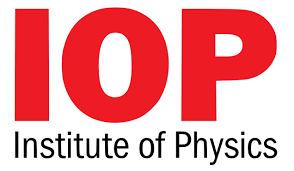Engaging with industry is a vital component of the CDT-CMP programme, and we have fostered important collaborative links with key partner organisations. These links are being renewed all the time, and students will benefit from exposure to state-of-the-art industry whilst working with our partners.
 |
Asylum Research, an Oxford Instruments company, is a leading manufacturer of advanced scanning probe and atomic force microscopes, as well as accessories for nanoscience and nanotechnology. Headquartered in California, Asylum have offices all over the world, including in Buckinghamshire in the UK. |
 |
Cryogenic Ltd, based in London, is a leading supplier of high field superconducting magnets and low temperature measurement systems. Cryogenic supplies instruments and equipment for many applications including characterisation of Condensed Matter Materials using electronic and heat transport, magnetic susceptibility, within high magnetic field environments. |
 |
Diamond Light Source is located at the STFC Rutherford Appleton Laboratory near Oxford. Diamond is a synchrotron radiation source, generating high brilliance x-ray light by accelerating electrons at close to the speed of light. In condensed matter physics, synchrotron light is used in diffraction, scattering and spectroscopy experiments to probe atomic and electron properties with extremely high precision. |
 |
ISIS, named after the River Thames that flows nearby, is a pulsed neutron and muon source located at the STFC Rutherford Appleton Laboratory near Oxford. The neutrons generated at ISIS are used in neutron scattering and diffraction experiments to study the nature of materials at the atomic scale, such as unusual magnetic properties of condensed matter systems or the arrangement of atoms in disordered glassy materials. |
 |
NPL are the UK’s National Measurement Institute, based in Teddington in South West London. In addition to developing and maintaining primary measurement standards, NPL conducts research across the physical sciences, including on advanced materials and quantum detection. |
 |
Oxford Instruments NanoScience is based in Tubney Woods, near Oxford. Internationally recognised as world leaders in superconducting, ultra low temperature cryogenic environments and ultra high vacuum environments, Oxford Instruments NanoScience is driving innovation in these fields. The company’s leading-edge technologies support research in nanotechnology, solid state and condensed matter physics. |
 |
Renishaw is a world-leading engineering and scientific technology company, and its spectroscopy division, based ~ 20 miles from Bristol and Bath, specialises in manufacturing advanced Raman spectrometers. Renishaw are constantly looking at ways to use instruments for new, interesting and ground-breaking research. |
 |
Siemens Magnet Technology (SMT) is a world lead in the design and manufacturing of superconducting magnets, for example for use in magnetic resonance imaging (MRI). Based near Oxford, Siemens have a large research and development department, and have won awards for their high-tech achievements, supplying around 30 percent of MRI medical scanners in hospitals
worldwide. |
 |
STFC’s Cryogenics and Magnetics Group are at the forefront of the development of mechanical cryocoolers for space science missions – e.g. ARIEL (characterisation of exoplanets) and ATHENA (evolution of cosmological structure and black holes) – and magnets for major science facilities. STFC also seek to use the cryogenic technology developed for these applications to support quantum technologies requiring low temperatures. |
 |
The HFML, located in Nijmegen, is a dedicated international facility for high magnetic field measurements up to 38 T. It is jointly operated by the Radboud University Nijmegen and the Science
Domain of the Netherlands Organisation for Scientific Research. The HFML is one of the few facilities with continuous high magnetic fields worldwide. The unique high field magnets of the HFML bring surprising material properties to light. This fundamental material knowledge is a driving force behind innovation. |
 |
Oxford Instruments Plasma Technology division is based on Yatton near Bristol, and specialises in plasma process solutions for nanometre size features, nanoscale deposition, and the controlled growth of nanostructures. |
 |
The Institute of Physics Publishing, based in Bristol, is the publishing division of the IOP. IOPP publishes many world-leading journals in Physics, including several devoted to condensed matter physics. |












